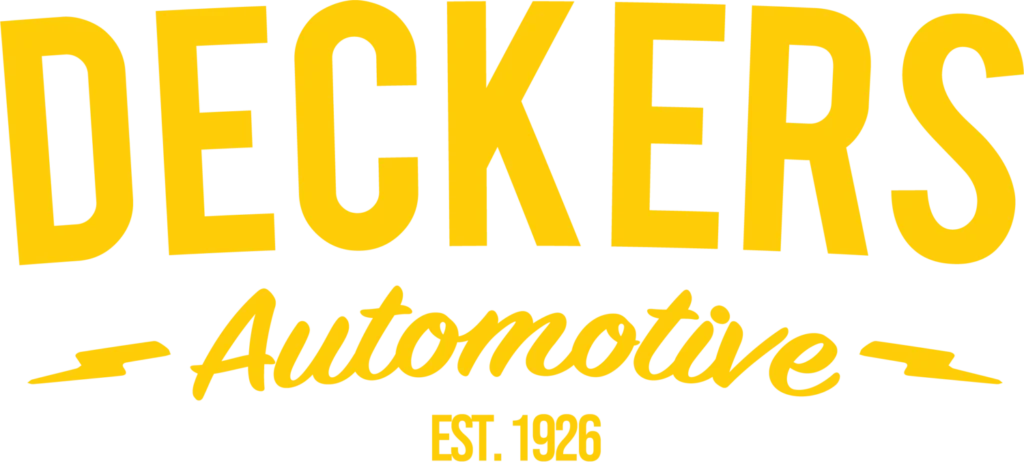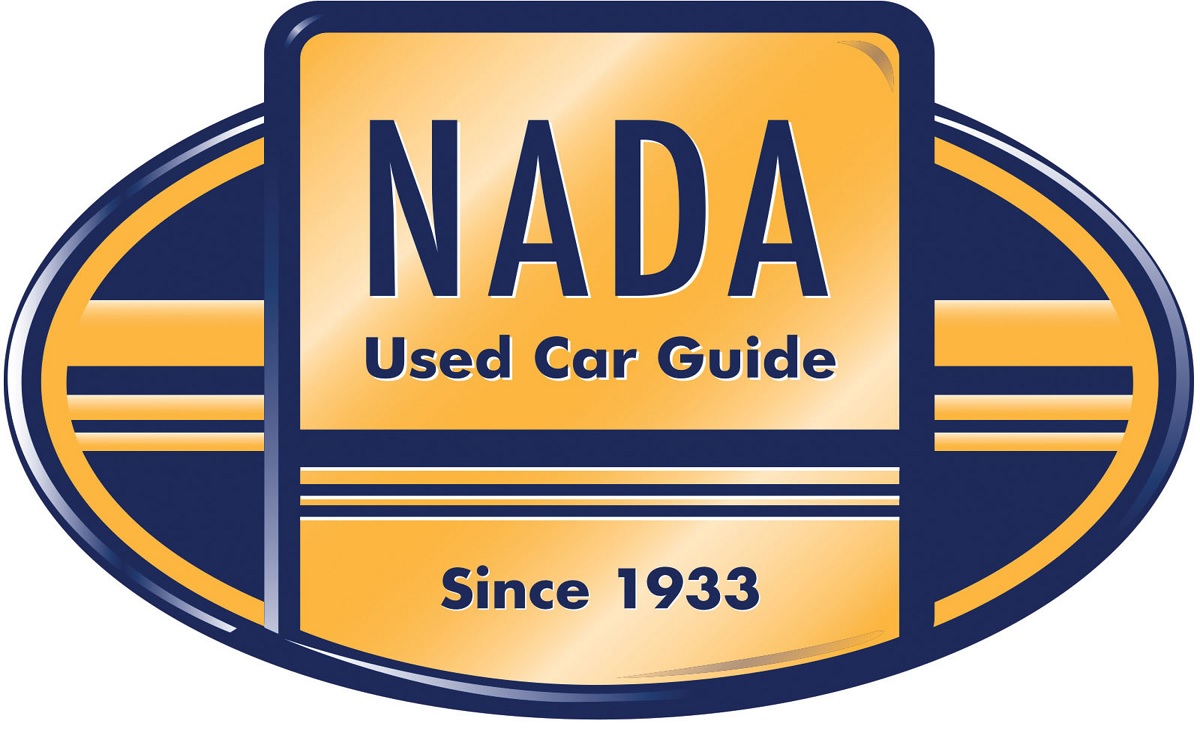Determining the Value of a Used Car with NADA
Buying a nada used car value can be a stressful experience. With so many options and factors to consider, it can be challenging to determine if you’re getting a good deal. Using a trusted valuation guide like the National Automobile Dealers Association (NADA) can help provide clarity when assessing the value of a used vehicle.
Recent Released: Xiaomi’s First Electric car Su7 Interior Price and More
What is NADA?
NADA, short for the National Automobile Dealers Association, is a non-profit organization that provides used car valuation guides for both consumers and car dealers in the United States. NADA has been around since 1917 and their pricing guides have become an industry standard for determining used car values.
So how exactly does NADA calculate their used car valuations? Let’s take a closer look.
How NADA Calculates Used Car Values
NADA uses a variety of data sources to determine accurate valuations for used vehicles.
These include:
- Wholesale and retail transactions: Data from actual sales at auctions and dealerships.
- Pricing data: Information scraped from car listing sites like Autotrader.com.
- Manufacturer data: Direct data from automakers.
In addition, valuations take into key factors like:
Mileage
- Condition: NADA provides ratings like “Rough Trade-In,” “Average Trade-In,” and “Clean Trade-In.”
- Equipment: Standard features vs options.
Macroeconomic factors like supply and demand also come into play. If certain used models are scarce in a local market for example, their value may increase beyond baseline pricing.
It’s important to note NADA pricing reflects dealership sales data. Private party transactions may show different values.
How to Use NADA for Used Car Valuation
Interested buyers can access NADA valuation reports through their website NADA.com.
Simply navigate to the “Appraise” section and enter key details like:
- Year
- Make
- Model
- Zip Code
You’ll then be asked for specifics on factors discussed earlier:
- Mileage
- Condition
- Transmission type
- Options
After submitting, an appraisal report is generated showing pricing in different categories:
- Trade-In Value: What a dealership would likely pay to purchase the used vehicle from a consumer.
- Retail Value: What a dealership could expect to sell the used car for.
- Private Party Value: What the used car may sell for in a private party transaction. This price is more variable than trade-in and retail pricing.
The final valuation presents a range based on the condition and equipment variables selected. Always aim for the higher end of the range during private negotiations.
Comparing NADA to Other Vehicle Valuation Sources
NADA is not the only used car price guide out there. The Kelly Blue Book (KBB) and the Black Book are two other reputable sources dealers and consumers reference. Here’s how NADA stacks ups against them:
| Valuation Source | Key Differences |
| NADA | Primarily reflects pricing from dealer transactions. |
| Kelly Blue Book (KBB) | Incorporates adjustments for vehicle condition, market demand, etc. Values can trend lower than NADA. |
| Black Book | Focuses exclusively on wholesale pricing data rather than retail. |
No valuation can predict exact used car prices – too many variables are at play. But using NADA and other pricing guides as a baseline reference for negotiations is recommended.
Factors That Impact a Used Car’s Value According to NADA
Many elements determine if a vehicle is priced appropriately in NADA’s model beyond just year, make and model. Here are some of the biggest factors:
Mileage
For most vehicles, lower mileage translates to higher valuation. As major service intervals and wear items approach, values tend to trend lower.
Equipment and Options
Vehicles with abundant features and options usually command more value compared to sparse base models according to NADA. Factors like engine sizes, performance upgrades (ex: sport-tuned suspensions), and technology features (ex: navigation systems) make pricing climb.
Condition
A car described as “Rough Trade-In” condition per NADA terminology could be valued at $2,000. The same make/model listed as “Clean Trade-In” grade may appraise for $3,000 with no other changes. So condition makes a big impact.
Macroeconomic Factors
Broader economic variables outside individual vehicles also move prices. Supply and demand is one – rare or discontinued models tend to increase in value on tighter inventories. Decisions by the Federal Reserve around interest rates can also motivate buyers and indirectly influence car values.
Using NADA Valuations During Used Car Negotiations
In the used car buying process, properly leveraging pricing information is key to negotiations.
Here are some best practices when putting NADA values to work:
- Set expectations around condition: If you rate a vehicle poorer than the seller does, pricing disputes may happen if using NADA. Alignment early avoids this.
- Factor in ownership goals: Are you buying to resell later or keeping long-term? If the latter, prioritize condition over valuation.
- Determine price limits beforehand: Establish upper price limits tied to NADA ranges early on so emotion doesn’t take over on a test drive.
- Use NADA as leverage: Reference trade-in ranges to ask sellers to come down in price if you feel numbers are too high.
Bring NADA pricing reports with you when evaluating vehicles to support your negotiating positions. This keeps talks grounded in third-party data vs just opinions.
Conclusion
Buying a used vehicle is ripe for letting emotions and eagerness cloud judgements. While no guide can predict exact pricing, NADA valuations offer consumers and dealers reliable metrics to gauge market values based on comprehensive data sources and inputs. Consumers should still research pricing from multiple sources, factor local market conditions, and carefully assess vehicle condition first-hand during the shopping process for best outcomes. But with diligence and reasonable expectations around limitations, NADA can simplify negotiations and provide reassurance that your next used car deal made financial sense.
More Update Visit Deckers Auto


Leave a Reply